The journey of Indian Agricultural Research Institute (IARI), popularly known as Pusa Institute, began in 1905 at Pusa (Bihar) with the generous grant of 30,000 pounds from an American philanthropist, Mr. Henry Phipps. The institute was then known as Agricultural Research Institute (ARI) which functioned with five departments, namely Agriculture, Cattle Breeding, Chemistry, Economic Botany and Mycology. Bacteriology unit was added in 1907. The name of ARI was changed to Imperial Institute of Agricultural Research in 1911 and, in 1919 it was renamed as Imperial Agricultural Research Institute. Following a devastating earth quake on 15th January 1934, the institute was shifted to Delhi on 29th July 1936. Post independence, the institute has been renamed as Indian Agricultural Research Institute (IARI).During the fifties, the advancement of scientific disciplines constituted the core program of IARI and provided the base for its fast expansion in the 1960’s and 1970’s. It attained the status of a Deemed University in the year 1958. The green revolution that brought smiles to millions of Indians bloomed from the fields of IARI with the development of famous wheat varieties which contributed an estimated on billion tones of addition production. As the Mother of several ICAR institutions, IARI continues to be the leading institution for agricultural research, education and extension in the country.
To undertake research, education and training in Agricultural Statistics and Computer Applications for Agricultural Research.
1. Basic, strategic and anticipatory research in field and horticultural crops for enhanced productivity and quality. 2. Research in frontier areas to develop resource use efficient integrated crop management technologies for sustainable agricultural production system. 3. Serve as centre for academic excellence in the areas of post-graduate and human resources development in agricultural science.
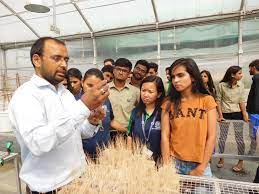

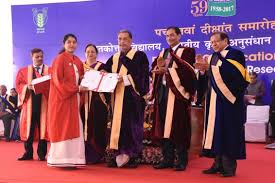
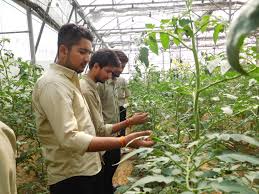

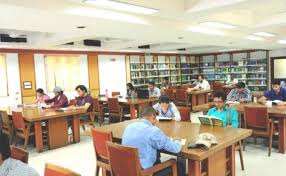
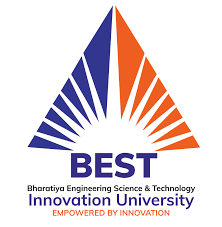

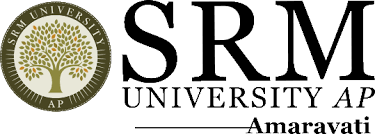

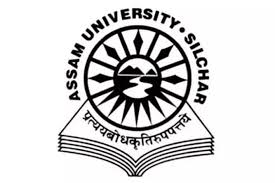

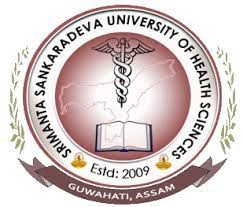

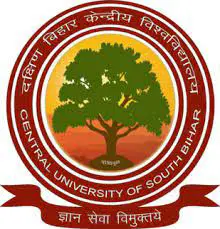

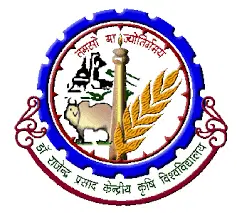

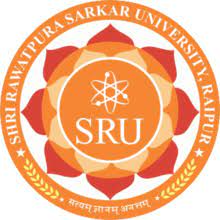



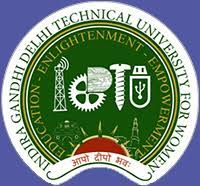







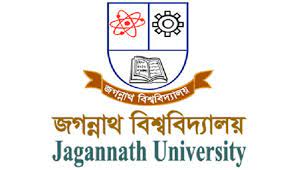

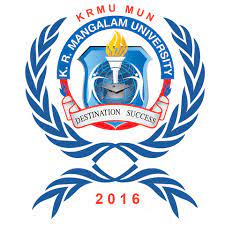

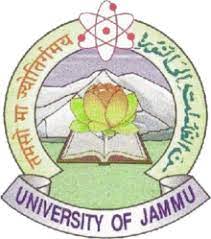

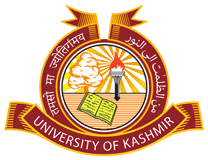





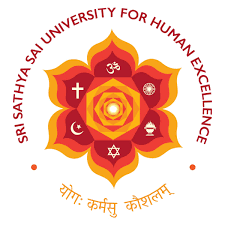

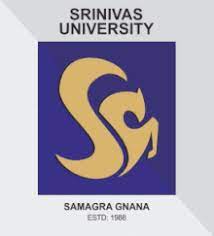

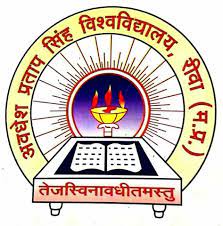







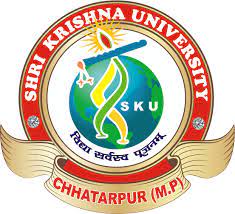



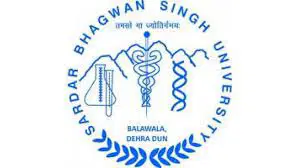












Get Latest Notification of Colleges, Exams and News.
 back
back

